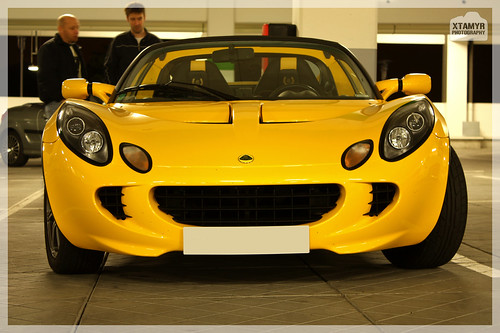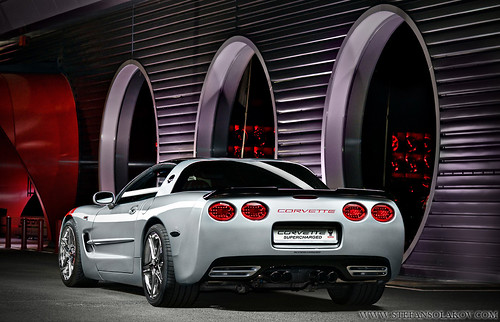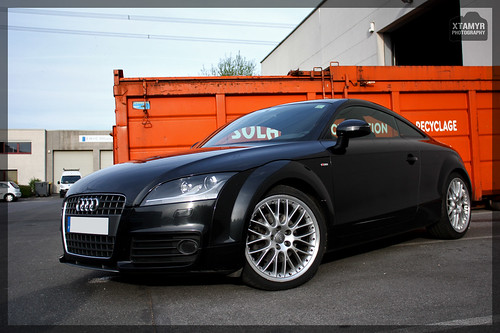Despite Toyota's nine-million-plus recalls and gas prices' continued rise, analysts say things in the auto industry are looking up this spring. Total domestic car sales rose 20% in April over last year, and Detroit's Big Three each reported solid gains.
Cash-back incentives from domestic automakers and 0% financing offers from Toyota ( TM - news - people ) played a role. The Chevy Cobalt coupe, for example, offers $3,000 cash on a $14,990 MSRP--a whopping 20% cash-to-price ratio.
But if now seems like a good time to buy a car, there are a few things to keep in mind: Some of those cash-back offers apply only if you accept the dealer's financing, solid research is crucial to getting a good deal, and the end of the month, rather than the beginning, is the best time to buy a car.
Set Realistic GoalsThere are several car-buying mistakes commonly known in the auto industry. To identify them, we asked for advice from experts at Edmunds.com, AutoPacific, J.D. Power and Associates and AAA. They gave us their best advice for navigating through what can be a confusing path. They also told us that most dealers are honest, reliable and hardworking local businessmen and women--but there are some precautions consumers should take before they purchase a car.
One frequent mistake: buying the car you think you'll need, rather than buying the one that suits your current needs.
That's why couples with kids buy two-ton trucks and huge SUVs, says John O'Dell, the senior editor of Edmunds' Green Car Advisor.
"We think someday … I'm going to have a boat and I'm going to need to tow it," O'Dell says. "I'm buying for what I perceive will be the heaviest and the most intense use I can put that vehicle to."
Instead, most families could drive a small crossover SUV. If they purchase a larger car they end up spending a lot more money on the purchase price and on the subsequent gas bills than they should have to spend.
Another common error is buying a car at the beginning of the year. This mistake especially applies to luxury cars, which charge a premium for being the very latest and the very best in their class. In January, February and March, dealers have all year long to meet sales goals and sell inventory, but by the end of the year they'll be anxious to clear their lots for new stock. What's more, the minute the calendar changes to Jan. 1 and a newer model year becomes current, anything older than that immediately loses desirability.
"December is a very, very good month to buy a luxury car," says Ivan Drury, an analyst for Edmunds.com. "Anything that is not current, that one from last month, is going to be heavily incentivized."
Know the Market"Due diligence can remedy a host of errors", says J.D. Power spokesman John Tews. Buyers who enter a showroom unarmed with a list of must-haves make them vulnerable to an impulsive purchase, one they can't afford or ultimately won't want.
Consider keeping a journal of your driving habits in order to keep yourself realistic about what you need. Also, determine the market value of the car you'd like to buy before hitting the lot, since that will help you know where to begin negotiations on the starting price of the vehicle.
Use Kelley Blue Book, NADA Guides, Cars.com, AutoTrader.com and Edmunds.com to
find the true market value and the expected residual value of the car you want. EBay.com and Craigslist.com are also good resources for determining
the street value of a car you're considering.
Five Common Car-Buying Mistakes1) Talking too much
Three things to never say on the lot: "I need this car now" (desperation breeds price inflation); "I love this car" (don't let emotions control the buying process--it only makes you vulnerable); and "This is how much I can afford to pay per month" (once dealers know how much you want to pay per month, they'll find other ways--fees, warranties, financing--to make up the difference between that and how much they must make on a sale. Talk about the absolute price of a car, not the monthly payment.)
2)Not doing your research
Walking into a dealership open to any ideas the salesperson has is a bad idea--it makes you vulnerable to impulsively buying something you don't need, can't afford or ultimately won't want. Determining the market value of your car will help you know where to begin negotiations on the starting price of the vehicle. Use Kelley Blue Book, NADA Guides, Cars.com, AutoTrader.com, and Edmunds.com to find the true market value and the expected residual value of the car you want.
3)Not being realistic about what you need
Before you hit the showroom floor, take a hard look at the kind of driving you do. Don't assume you need a brand-new car, and consider keeping a driving journal for a week, or even a month, to chart exactly when, where and how far you drive each day. Then buy a vehicle according to those needs--not aspirational needs, like thinking "maybe someday we'll need to tow a boat, so I need a truck with three-ton towing capacity."
4)Leasing a car because you can't afford the down payment
Lease payments, especially for luxury cars, don't require a down payment and are often cheaper per month than what it costs to buy the car outright. But they don't always pay off. You've got to determine if having a new car every two or three years and with no down payment--but no ownership and no stake in the residual value--is more important than long-term cost savings and ownership of a vehicle you will eventually pay off.
5)Assuming you'll use the dealer's financing
Dealers often set monthly payment amounts assuming they'll make up the difference with the financing agreement. Instead, arrange for your own financing at your own bank or credit union, and choose the shortest-term car loan you can: Long-term loans coax people into buying cars they can't really afford by stretching the payments out over such a long period of time that the car is almost fully depreciated by the time it's paid for.
Source:
Yahoo Autos










































